Exhibition: Max Pinckers & Daisuke Yokota
Opening: 10.5.2016, 7 pm
Exhibition: 11.5. – 18.6.2016
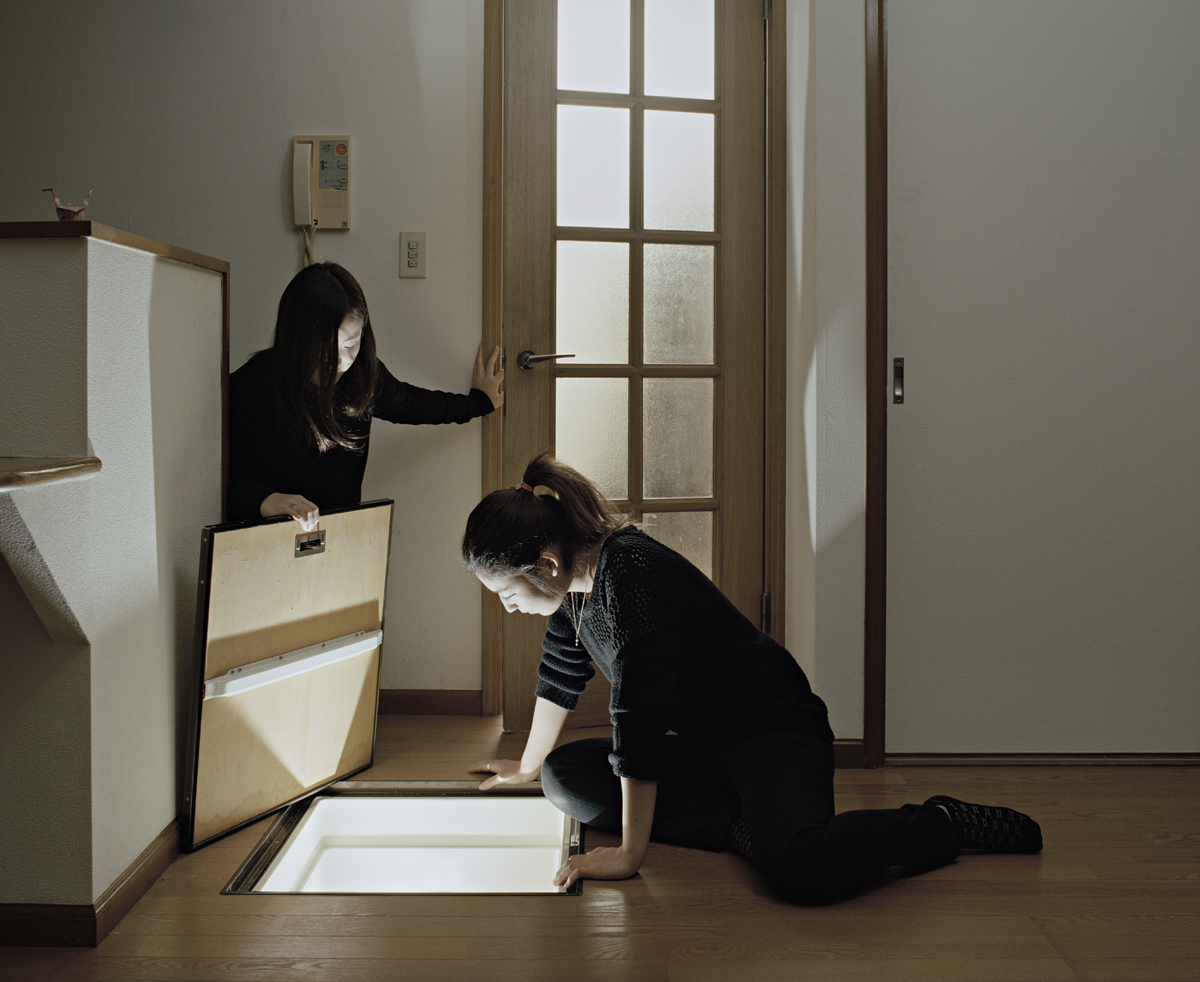
Max Pinckers, Origami, 2015
Max Pinckers and Daisuke Yokota are both interested in the surfaces of photography, and the limitations the two-dimensional image has in shaping our understanding of the world; make a two-dimensional image and you get a two- dimensional understanding.
Their work is about surface and adding dimensions to it in different ways, but where Pinckers questions the past frameworks of photography and looks at the historical tropes of photography and how they are embedded into our reading of images on a subconscious level, Yokota builds meanings up from the present, layering the past into his images through his repeated exposures and interventions with the primary print.
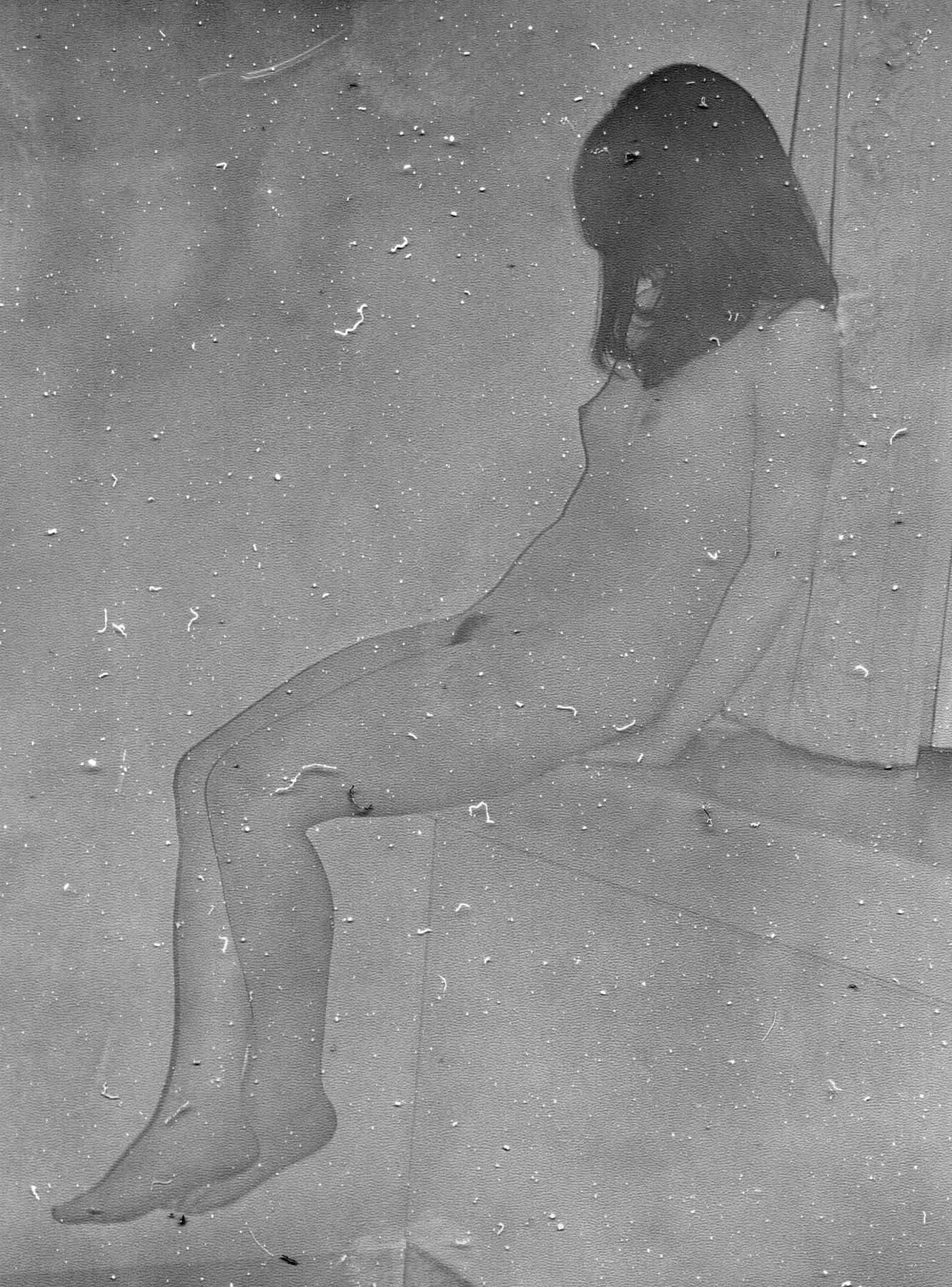
Daisuke Yokota
The series Two Kinds of Memory and Memory Itself questions the way we take photography for granted, the way in which we learn to expect certain things and to shut other things out, especially in a country that is defined overseas by photographic cliché.
It gets behind the expectations we have of Japan based on the clichés we have learnt to expect. Luigi Ghirri wrote, ‘Photography always shows what we already think we know’ and that is the sentiment at the heart of this project.
For this series, Pinckers took groups of Japanese dressed as salarymen, cos- players, or sumo wrestlers to the fringes of urban Japan. Outfitted in suits, loin cloths, and bear outfits he took them to those Japanese places that we don’t see in Europe; the edges of streams, deserted car parks, the depths of the forest.
And once there he staged images of things that his performers were, according to the traditional representation of Japan in the west, expected to do. They collapsed drunk (in true salaryman style), they had naps, they smoked cigarettes, they were subjected to sudden gusts of wind, or they sang karaoke.
It’s an encyclopaedia of Japanese photography tropes then, and there’s very little mystery there.
That lack of mystery is what Pinckers unpacks. He varies the landscape, the players and the dress, and allows moments to unfold which he photographs. But simply because these combinations of landscape, players, and moments are different, we see something new. We see a Japan that doesn’t look as Japan is supposed to look, photographically speaking from an outsider’s perspective – though strangely enough it does look the way Japan looks at itself cinematically.
That newness is only half of the equation. The other half is the question of why does something so ordinary look different and new when the strategies that led to its creation were so simple?
And what does that say about the generic nature of most documentary photography and the way that it is framed. Why, Pinckers is asking, are the same pictures made of places, people and things, when the only thing they are referring to is other pictures of those places, those people, those things?
In the same way that Joan Fontcuberta reveals the ways in which museums surround their exhibits with the structures of knowledge and authority (even when they are showing Fontcuberta’s make-believe stories of crazy animals and forgotten cosmonauts, they are presented in a context of Absolute Truth), Pinckers reveals photography to be something that is experienced through a filter of histories and habits that dominate the actual images made. The moment then becomes irrelevant, the memory irrelevant. It all collapses like a pack of cards and we are left with nothing. Except a wonder at why we see things in the ways that we do. And that’s the point.
Yokota does the opposite. He takes the moment and then layers it with meaning; he adds memory to the image. Linger exemplifies this approach, with images made in multiple steps, each of which add traces of meaning, memory and visual history to the starting point of the Japanese body.
The starting point fixes this body in the present. For Linger, Yokota photographed at what is made to look like night. There’s a man, a woman, we see them naked, line of his thigh, the curve of her breasts, in a room that is barren, filled with the furnishings of the everyday; a toilet, a phone, a chair. Outside it’s dark too. It’s an inventory of the stripped down interior. Outside, an avenue of snow mixes with leafless trees, with light fading into darkness.
The pictures are dark, they’re grainy, flawed, dusty and scratched. These little scars on the surface of the image are not accidental, they are built into the picture. Where Pinckers deconstructs the image, Yokota constructs, adding the different elements piece by piece.
It’s an intricate process. Starting with a simple digital image that is printed onto normal digital photo paper, Yokota begins to add layers. First he photographs the print using a medium format film camera. The film is processed, and the film is printed again, but with light leaked onto it, with developer overheated, with negatives singed. He does that once, and then he does it again, and again, and again, until the original image lies covered by a gritty mist of light and dust.
The images that come out at the end are pictures of uneasiness, but it’s an uneasiness that has one foot in the past. The flecks of dust, the shards of trespassing light takes us back to the 1970s and beyond, to the Provoke era and its photographic referencing of Japan’s atomic past, to an expressionist vision in which everything sits uneasily together.
There is also nature. Specks of sand and grit take us into the earth and the land, the trees, leaves take us into more lyrical pictorial references, while the tarmac of the roads leads us back into the present into an apocalyptic harbinger of things to come.
Skin is pale and pockmarked, adding a materiality to the images. The people in Linger find themselves pockmarked by dust, irradiated by light flares, infested with worm-like hairs.

Max Pinckers & Daisuke Yokota, Opening, credit: Claudia Corrent, foto-forum
There is history inscribed in these images then, but it is not impersonal. It is a history with a sense of place and a multitude of references from 19th century pictorialism and Japanese surrealism to Sadako crawling out of the well in the horror movie, The Ring.
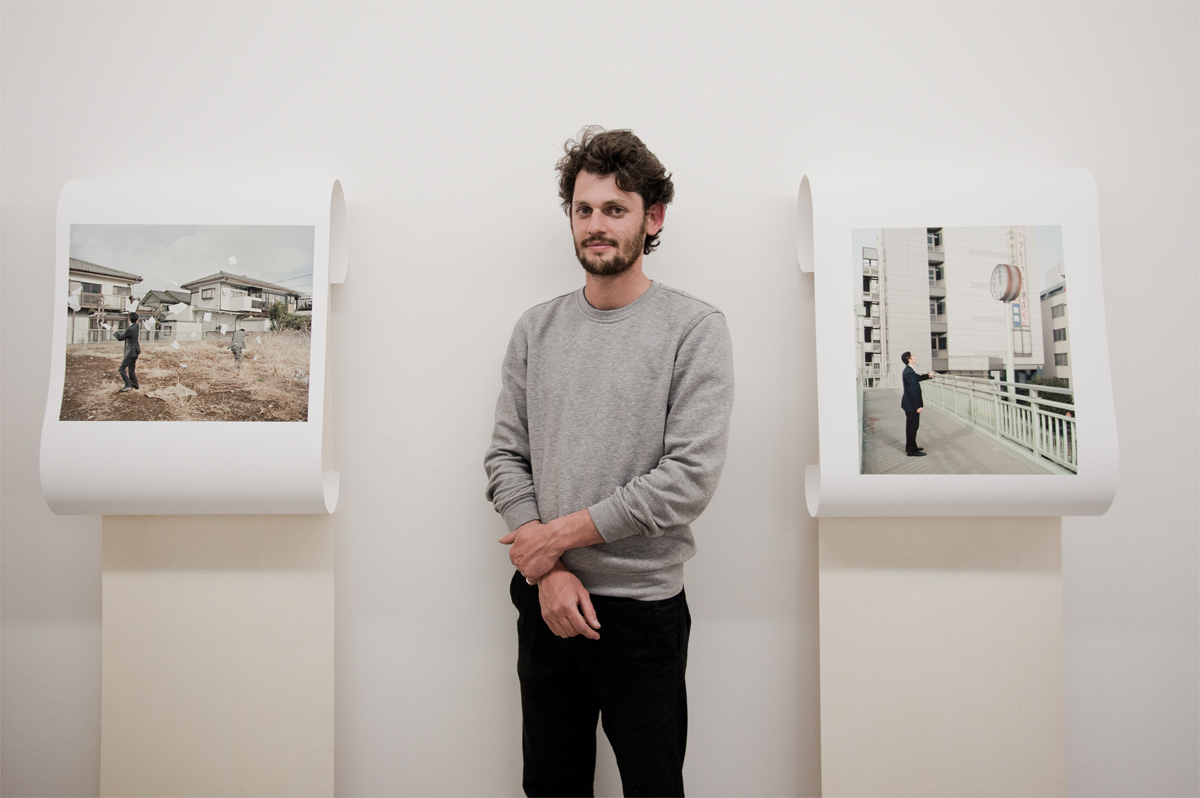
Max Pinckers & Daisuke Yokota, Opening, credit: Claudia Corrent, foto-forum
The dust puts us in the position of the maker too. In Linger, we are all Yokota, voyeurs looking at pictures flecked by those floating particles that we see in the back of our retinas when we close our eyes for a minute. There’s a word for that; myodesopsia. And that word describes Linger perfectly. They are myodesopsiac pictures, pictures of Yokota’s Floating World. Colin Pantall
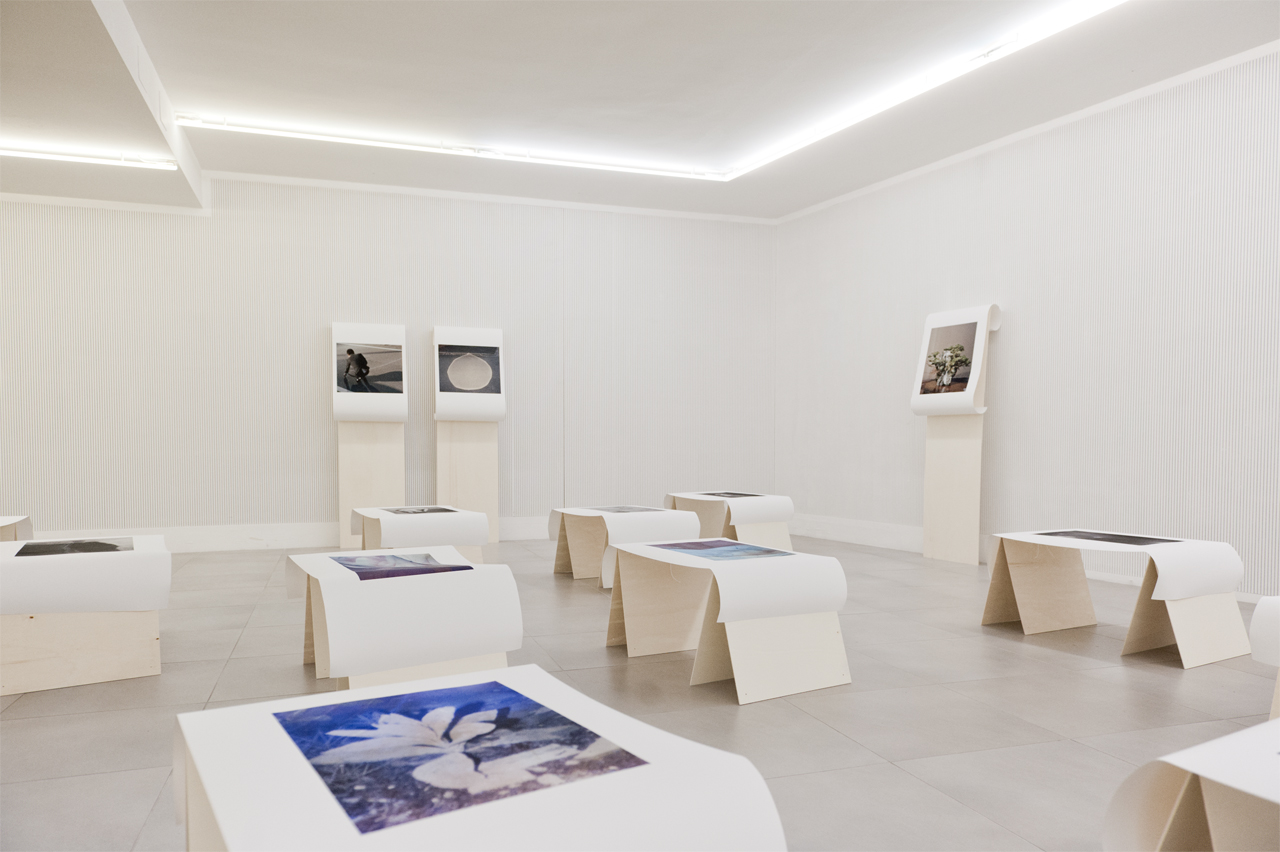
Max Pinckers & Daisuke Yokota, Exhibition view, credit: Claudia Corrent, foto-forum
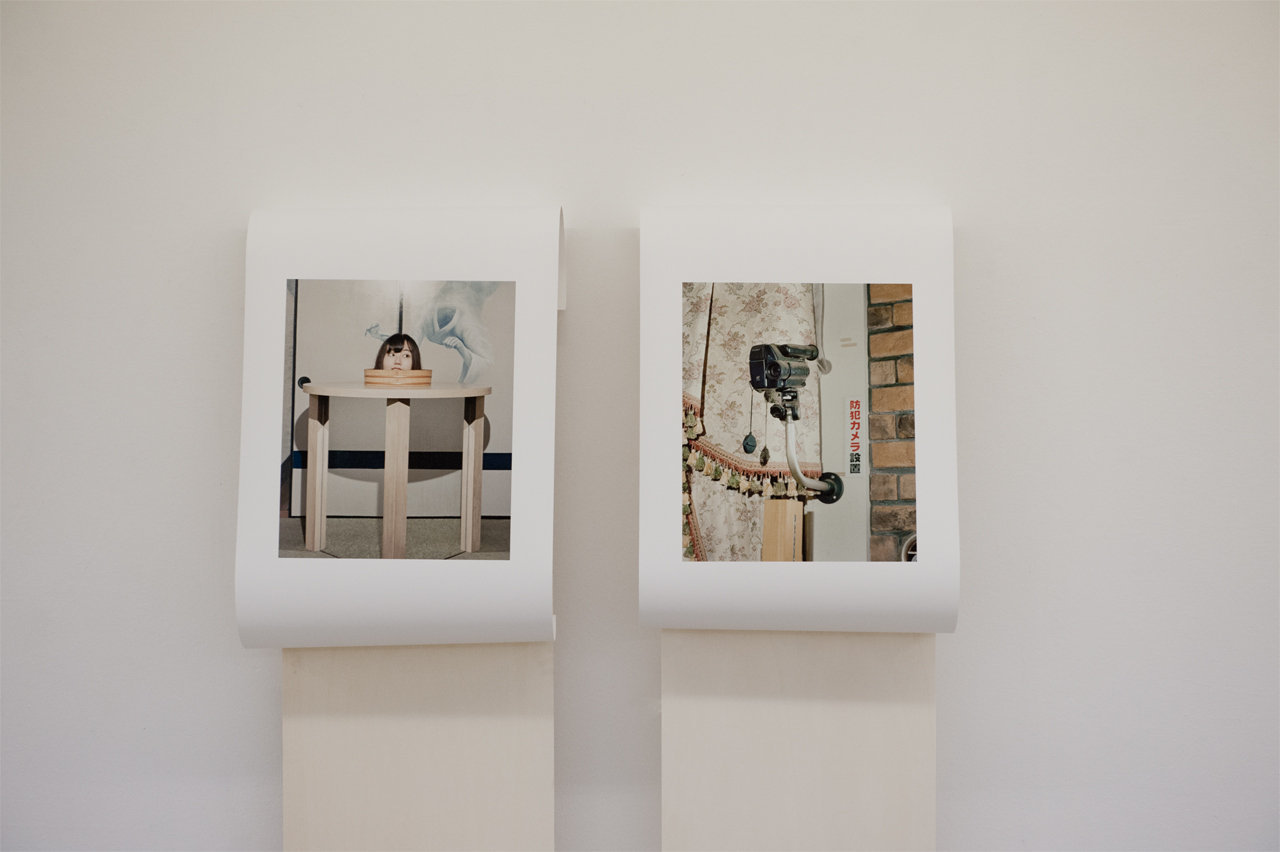
Max Pinckers & Daisuke Yokota, Exhibition view, credit: Claudia Corrent, foto-forum
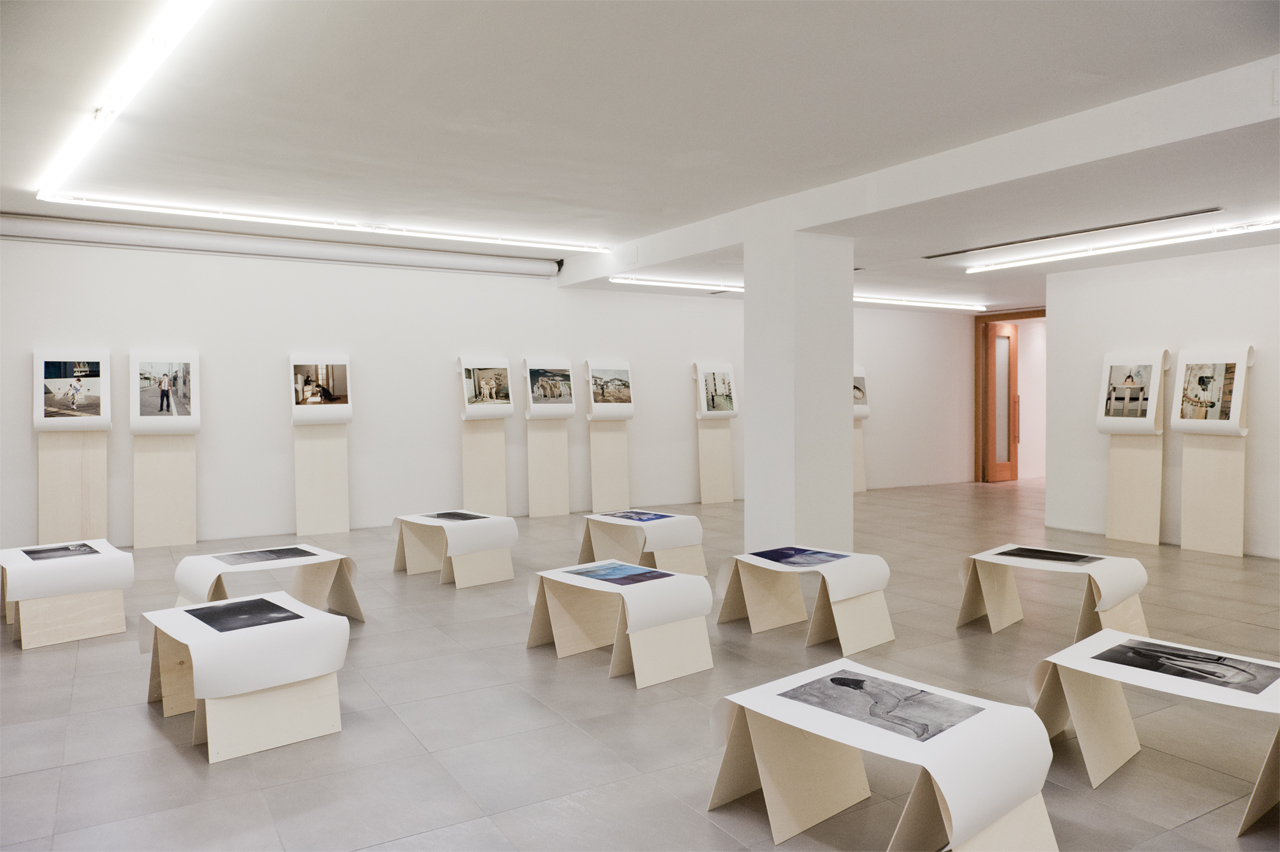
Max Pinckers & Daisuke Yokota, Exhibition view, credit: Claudia Corrent, foto-forum

